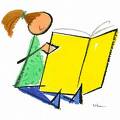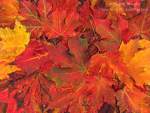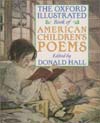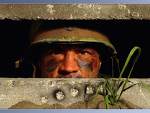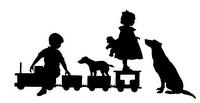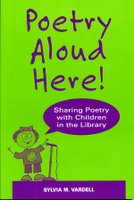
As we end the year of 2006, I’m thinking back over my favorite moments (my son’s graduation from high school, trips to Japan and China), favorite movies (“Babel,” “Inside Man”) and favorite poetry books for kids. Fortunately, there have been many lovely books of poetry published for young people in 2006. Here’s my list, along with very brief annotations. I'm tickled to see such a variety of works by new and favorite poets-- picture book collections, nature themes, humorous verse, historical poem-stories, a poem biography, poems for the very young, all accompanied by the work of many distinctive illustrators. Each is a gem. You may have other favorite poetry books of your own. Either way, stock up with new titles, double up with multiple copies, and speak up sharing poems with kids you care about every day. Resolve to move poetry up your priority list for 2007. The kids in your life will be richer for it-- and so will you!
1. Brown, Calef. Flamingos on the Roof. Houghton Mifflin.
*Zany, syncopated story-poems are accompanied by crazy, cock-eyed story-paintings about all kinds of make-believe creatures
2. Bulion, Leslie. Hey There, Stink Bug! Ill. by Leslie Evans. Charlesbridge.
*The insect world comes to life through poems and facts, with a fun focus on the gross and gruesome
3. Engle, Margarita. The Poet Slave of Cuba: A Biography of Juan Francisco Manzano. Ill. by Sean Qualls. Henry Holt.
*The life of nineteenth-century Cuban slave Juan Francisco Manzano is portrayed in vivid free verse from multiple points of view
4. Florian, Douglas. Handsprings. Harcourt.
*Rhyming poems about the colors, sounds, and feelings associated with spring are accompanied by watercolor paintings that energetically capture the mood of the season
5. Frost, Helen. The Braid. Farrar, Straus & Giroux.
*The intertwining poem tale of two sisters surviving hardships as Scottish refugees/immigrants in the 1850’s
6. Greenfield, Eloise. The Friendly Four. Ill. by Jan Spivey Gilchrist. HarperCollins.
*Read aloud poems for multiple voices depict four African American neighborhood children (two boys, two girls) who develop a friendship over a summer
7. Katz, Bobbi. Once Around the Sun. Ill. by LeUyen Pham. Harcourt.
*A-poem-a-month shows city life from the child’s point of view combined with lively, energetic scenic illustrations of a diverse community
8. Larios, Julie. Yellow Elephant: A Bright Bestiary. Ill. by Julie Paschkis. Harcourt.
*A kind of BROWN BEAR, BROWN BEAR book of read aloud color-animal poems full of metaphor and description
9. Lewis, J. Patrick and Dotlich, Rebecca Kai. Castles: Old Stone Poems. Ill. by Dan Burr. Boyds Mills Press.
*A beautiful collection of paintings and poems of historic castles around the world
10. Lewis, J. Patrick. Blackbeard, the Pirate King. National Geographic.
*With classic pirate illustrations by Pyle and Wyeth, as well as modern incarnations, the fascinating life of Edward Teach is captured in poems, facts, and endnotes
11. Myers, Walter Dean. Jazz. Ill. by Christopher Myers. Holiday House.
*A celebration of jazz music and history and a tribute to New Orleans captured with vivid and participatory language
12. Rex, Adam. Frankenstein Makes a Sandwich. Harcourt.
*Rex has written and illustrated an irresistible collection of monster poems told with verve and humor
13. Shannon, George. Busy in the Garden. Ill. by Sam Williams. Greenwillow.
*These rollicking rhymes and riddles about garden life engage even the very youngest children
14. Sidman, Joyce. Butterfly Eyes and Other Secrets of the Meadow. Houghton Mifflin.
*Exquisite riddle rhyme pairs explore the plants and animals of the meadow along with informative prose paragraphs and a glossary
15. Siebert, Diane. Tour America: A Journey Through Poems and Art. Chronicle Books.
*Tour the U.S. through descriptive, rhyming poems and mixed media art
16. Weatherford, Carole Boston. Dear Mr. Rosenwald. Ill. by R. Gregory Christie. Scholastic.
*The true story-in-poems about a small, Southern African American community that builds its own school in the 1920s







